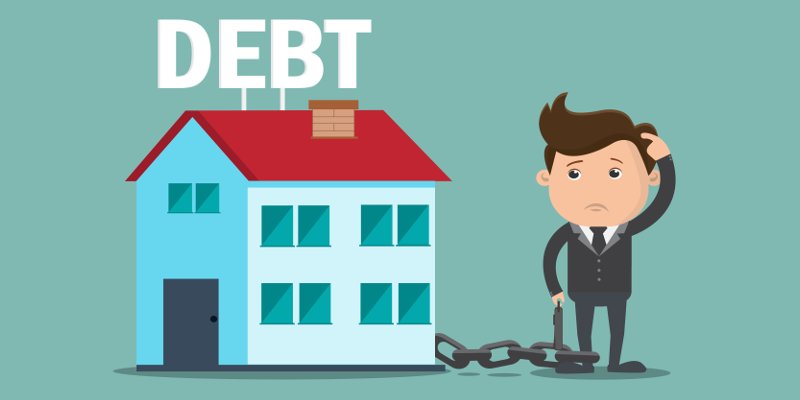
Sarah Coles, personal finance analyst at Hargreaves Lansdown, said: “Almost 50,000 mortgage prisoners are still stranded on horrendously expensive mortgages, according to FCA figures, but the real number of people trapped is closer to 100,000, and they face a nightmare Catch 22.
“Prisoners are trapped in a vicious circle. They’re often paying a far higher interest rate than everyone else, and while the average rate of 4.3% is bad enough, 3% of them are paying over 5%.
“It means they’re completely focused on making ends meet, so tackling their underlying problems becomes a Herculean task.
“If every penny is going on your existing mortgage, it’s harder to pay down a big outstanding interest-only balance.
“Likewise, if it absorbs a major chunk of your income, you run the risk of missing payments. And both of these things make you more likely to remain a prisoner for even longer.”
She added that age could also start to be a problem for these borrowers as they remain prisoners for longer.
Coles said: “Almost twice as many people with inactive lenders are over the age of 56 (35.3%), and almost four times as many are aged 76 or over (2.1%).
“Having big outstanding balances at a later age makes the task of finding an alternative to switch to even harder.”
Coles explained that most of these borrowers got their mortgage prior to the 2007/8 financial crisis.
When affordability criteria were tightened in the aftermath of the crisis, these borrowers did not qualify for a new deal, leaving them with the same mortgage – or on their lender’s standard variable rate (SVR) – since then.
“Over the years, rules have been relaxed to help some of these prisoners, including being able to switch to a new deal with your current lender without the same affordability checks (as long as you’re not behind on payments),” said Coles.
“Unfortunately, this does nothing for those whose mortgage companies aren’t offering new mortgages any more.
“These tend to be called inactive or closed-book mortgages. It’s these people that the report focuses on.”
To explain why Hargreaves Lansdown has predicted the actual number of prisoners to be closer to 100,000, Coles said: “The cost of these mortgages mean that almost one in five people of those who are trapped, have missed payments (17%).
“The FCA has decided not to count the 34,000 people with a shortfall as additional mortgage prisoners, on the grounds that they wouldn’t be able to switch even if they were with an active lender, because of their debts.
“However, these people are real victims of being mortgage prisoners.
“The fact they’re paying sky-high rates makes it far more difficult to afford the mortgage, which is one reason why they’re struggling to pay.
“The figures also exclude another 18,000 people who are within two years of the end of their mortgage deal or have less than £10,000 outstanding – on the grounds that it may not be worth them switching at this stage because of the cost of doing so.
“However, these people are trapped on expensive deals, so they are still effectively prisoners. If you add those people back in, it takes the number of mortgage prisoners to 99,000.”



